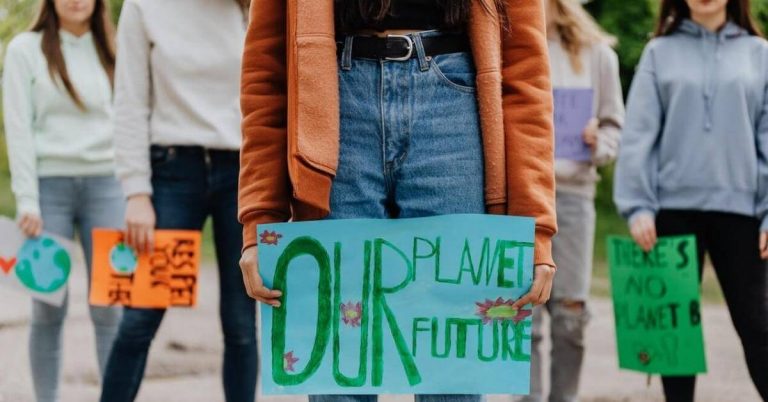Children Who Are Climate Refugees: An Untold Number


Climate and other environmental hazards have devastating impacts on the future and well-being of children. These children lose their shelter, health care, education, and other social services when forced to leave home because of such conditions.
Climate change is the leading cause behind melting glaciers, wildfires, and devastating hurricanes but all of this is trumped by forced migration.
Millions of people are forced to leave their homes because of natural disasters and other effects of climate change. This massive number is estimated to rise further, and the numbers range from 25 million to 1 billion climate refugees by 2050.
This migration is the sole reason why their children are being left vulnerable to diseases and malnutrition. Every child is affected by climate change and environmental hazards, and it is estimated that these numbers will even shoot up.
Approximately 1 billion children are at an ‘extremely high risk’ of the impacts of the climate crisis. These children suffer from climatic shocks and poor social services like healthcare, sanitation, and water. Climate change disrupts the environment, and these children are being forced to grow up in a dangerous world. These children’s health, education, development, nutrition, and survival are facing a significant crisis now.
The change in climate not only forces people to migrate but also fuels conflict, insecurity, and poverty. When families are being forced to move out of their shelter, it is the children that are at risk, both emotionally and physically. They are likely to get separated from their parents, which increases the risk of abuse, exploitation, and violence.
According to the numbers presented by the United Nations Office for Disaster Risk Reduction (UNDRR), the sudden onset of disasters leaves approximately 14 million people homeless each year. The developing countries in the South do not contribute much to climate change but are the ones that suffer the wrath.
Those in developing nations are the most at risk because they often live in disaster-prone areas and have difficulty recovering and adapting to climate shock-related damage.
The IPCC, or the Intergovernmental Panel on Climate Change, stated that migration was the most significant consequence of climate change. They enlisted a “final call” on the rise of global temperatures, as the Earth might reach its threshold by 2030 if we do not act early.
The consequences looked familiar with the likes of extreme drought, rising sea levels, wildfires, and food shortages. Conclusively, all of which have caused and will prompt further forced migration.
Around 50 million children have been forcefully displaced and migrated across borders.
Bangladesh has seen millions displaced due to coastal flooding and erosion. The West African desertification has uprooted more than 4 million inhabitants.
The rise in sea level in the Pacific and Oceania islands has left its residents trapped while thousands of Americans were displaced by Hurricane Maria and are rendered homeless.
Children in Afghanistan are at risk of suffering from pneumonia or other respiratory infections due to burning fossil fuels. Pneumonia is the biggest single child killer, and the deaths are concentrated in the world’s poorest nations.
1 in 45 children is on the move, all around the globe. Nearly 50 million boys and girls have migrated across national borders or have been forced to displace within their own countries. The number of these souls grows every day we spend not taking action to curb climate change.

Get Your Resources to Your Email Now!